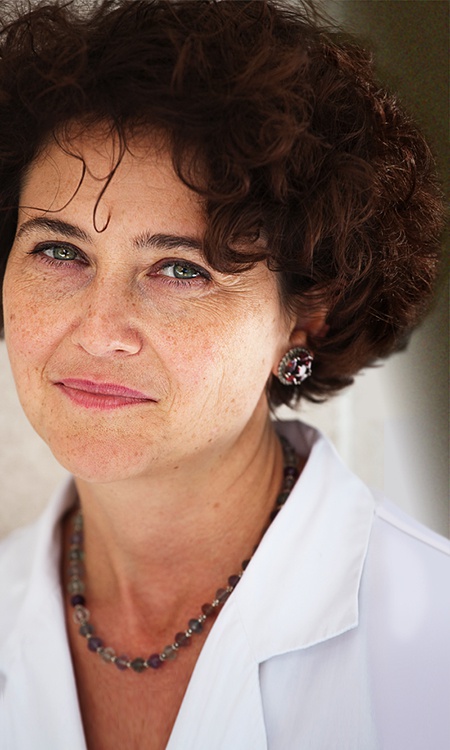Edith Heard
 After her thesis defense in her native England, Edith Heard joined the Institut Pasteur in 1990 for a postdoctoral position on the inactivation of the X chromosome. Since then, with the exception of a year-long period in the United States in 2000-2001 at Cold Spring Harbor Lab, she has always worked in French research. Today, she is a professor at the Collège de France and at the head of a joint research lab on genetics and developmental biology at the Institut Curie where she carries out research on the inactivation of the X chromosome, its epigenetic regulation during the development phase and its deregulation in cancerous cells.
After her thesis defense in her native England, Edith Heard joined the Institut Pasteur in 1990 for a postdoctoral position on the inactivation of the X chromosome. Since then, with the exception of a year-long period in the United States in 2000-2001 at Cold Spring Harbor Lab, she has always worked in French research. Today, she is a professor at the Collège de France and at the head of a joint research lab on genetics and developmental biology at the Institut Curie where she carries out research on the inactivation of the X chromosome, its epigenetic regulation during the development phase and its deregulation in cancerous cells.
Edith Heard discovered a part of the epigenetic mechanisms that regulate the inactivation of the X chromosome and the role of the nuclear organization in this process.
The defining point of Edith Heard's career came in 2012 when her team's collaboration with American researchers led to the discovery of an unexpected chromosome structure: the chromatin linking DNA and proteins is organized into topologically associating domains (TADs). TADs sort DNA into a kind of 'wool yarn' that forms several balls, each corresponding to a TAD. This 'ball effect' helps regulate gene expression and the process of X-chromosome inactivation.
This discovery had a huge impact on the interpretation of the genome and the epigenome.
Alongside her research and educational work, Edith Heard is currently developing PAUSE, a national program led by the Collège de France. The aim of the program is to develop border-free science by hosting exiled scientists as a matter of urgency where the political situation in their countries is preventing them from doing their job and putting their life, and those of their family, at risk.
In 2019, Edith Heard will become the Director General of the European Molecular Biology Laboratory (EMBL), a major development for this staunch Europhile.



